Toor Dal
Toor Dal, also known as pigeon pea or split pigeon pea, is a popular legume widely cultivated and consumed in India and many other parts of the world.
₹1,000.00
Toor Dal, also known as pigeon pea or split pigeon pea, is a popular legume widely cultivated and consumed in India and many other parts of the world. Here’s a detailed overview of Toor Dal:
Plant Characteristics:
- Plant Size: Toor Dal plants are small to medium-sized bushes, typically reaching a height of 1 to 4 meters.
- Plant Type: It belongs to the family Fabaceae and is an annual or perennial leguminous shrub.
- Taste: Toor Dal has a mild, nutty flavor, which becomes more pronounced when cooked. It is a versatile ingredient that can absorb the flavors of various spices and seasonings.
- Color: The dried split pigeon peas are typically yellow or yellowish-brown.
Growing Conditions:
- Soil Type: Toor Dal grows well in well-drained sandy or loamy soils. It thrives in soils with a pH range of 6.0 to 7.5.
- Regions of Production: Toor Dal is primarily produced in India, with states like Maharashtra, Karnataka, Andhra Pradesh, and Madhya Pradesh being major producers. It is also cultivated in many other countries, including Africa, the Caribbean, and Southeast Asia.
- Maturity Period: Toor Dal typically takes 120 to 180 days to reach maturity, depending on the variety and growing conditions.
- Environmental Conditions: It is a tropical crop and prefers a warm and humid climate. It requires adequate rainfall during its growing season.
Physical Properties and Ingredients:
- Toor Dal is a small, oval-shaped legume with a characteristic groove on one side.
- It is rich in protein (around 22-25%), dietary fiber, vitamins (particularly folate), and minerals (iron, potassium, and magnesium).
Shelf Life and Storage:
- After harvesting, Toor Dal can be stored for an extended period if kept in a cool, dry place in a well-sealed container. Properly stored, it can have a shelf life of up to a year or more.
Uses and Consumers:
- Toor Dal is a staple in Indian cuisine and is used to make a variety of dishes such as sambar, dal tadka, and puran poli.
- It is also used to prepare soups, stews, and various side dishes.
- Toor Dal is a significant source of protein for vegetarians and is an essential part of a balanced Indian diet.
- Additionally, it is used in traditional Ayurvedic medicine for its nutritional and therapeutic properties.
In summary, Toor Dal is a versatile legume with a mild taste and a rich source of protein and nutrients. It is primarily grown in India but has a global presence due to its popularity in various cuisines. With proper storage, it can be kept for an extended period and is an essential ingredient in Indian cooking, providing nutrition to millions of people
GREEN PEAS
Green Peas
Plant Size: Green pea plants typically grow to a height of 1 to 3 feet (30 to 90 cm), depending on the variety and growing conditions.
Type: Green peas, scientifically known as Pisum sativum, are a cool-season, annual legume. They belong to the Fabaceae family.
Taste: Green peas have a mildly sweet and earthy flavor, making them a popular choice in various culinary dishes. They are known for their fresh and slightly crisp texture when cooked.
Color: The peas themselves are typically green, which gives them their name. The pods are green as well.
Soil Type for Growth: Green peas thrive in well-drained, loamy soil with good organic matter content. They prefer slightly acidic to neutral soil with a pH range of 6.0 to 7.5.
Production Regions: Green peas are grown in many regions around the world, with major producers including China, India, the United States, and Canada.
Main Region in India: In India, green peas are primarily cultivated in states like Uttar Pradesh, Madhya Pradesh, Maharashtra, Punjab, and Haryana.
Maturity Period: The maturity period for green peas varies depending on the variety but generally ranges from 60 to 90 days after planting.
Environmental Conditions: Green peas thrive in cool, temperate climates. They require temperatures between 60°F and 70°F (15°C to 24°C) for optimal growth. They are sensitive to heat and should be grown during the cooler seasons or in regions with milder temperatures.
Physical Properties and Ingredients:
- Green peas are small, round, and typically 1 cm in diameter.
- They are enclosed in green, pod-shaped structures.
- The peas themselves consist of carbohydrates, fiber, protein, vitamins (especially vitamin C and vitamin K), and minerals (such as iron and potassium).
Shelf Life After Harvesting: Green peas have a relatively short shelf life. Freshly harvested peas can be stored in the refrigerator for about 3-5 days.
Storage Conditions: To prolong their freshness, green peas should be stored in a perforated plastic bag in the vegetable crisper of the refrigerator. Alternatively, they can be blanched and frozen for longer-term storage.
Uses and Consumers:
- Green peas are a versatile ingredient used in a wide range of dishes, including soups, salads, stir-fries, and casseroles.
- They can be boiled, steamed, sautéed, or even eaten raw as a snack.
- Green peas are a common addition to rice dishes like biryani and pilaf.
- They are also used to make pea puree, which is a popular baby food.
- Green peas are enjoyed by people of all ages and are considered a nutritious addition to meals due to their high fiber and nutrient content.

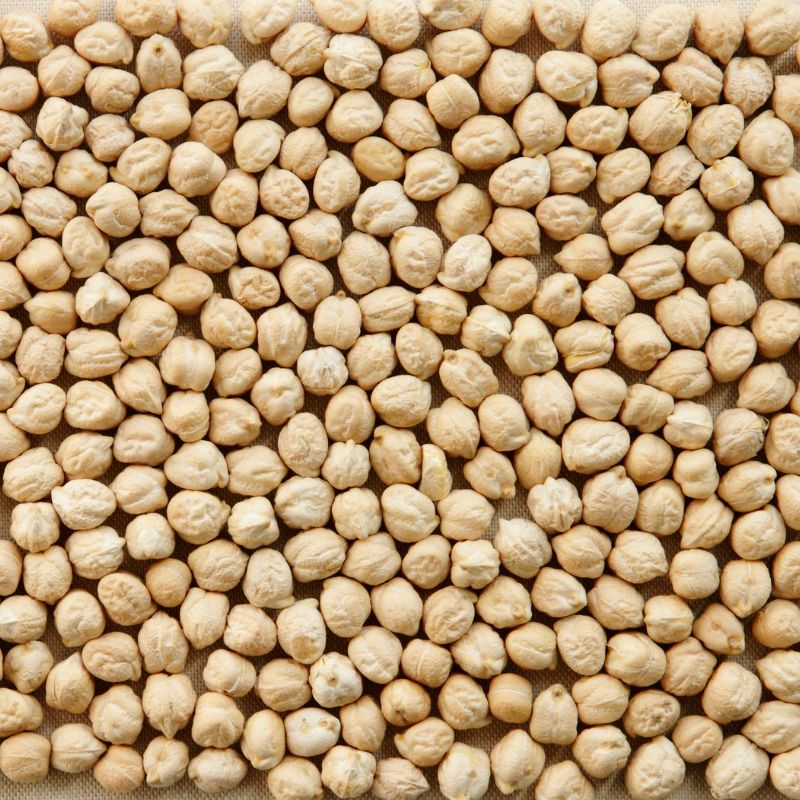
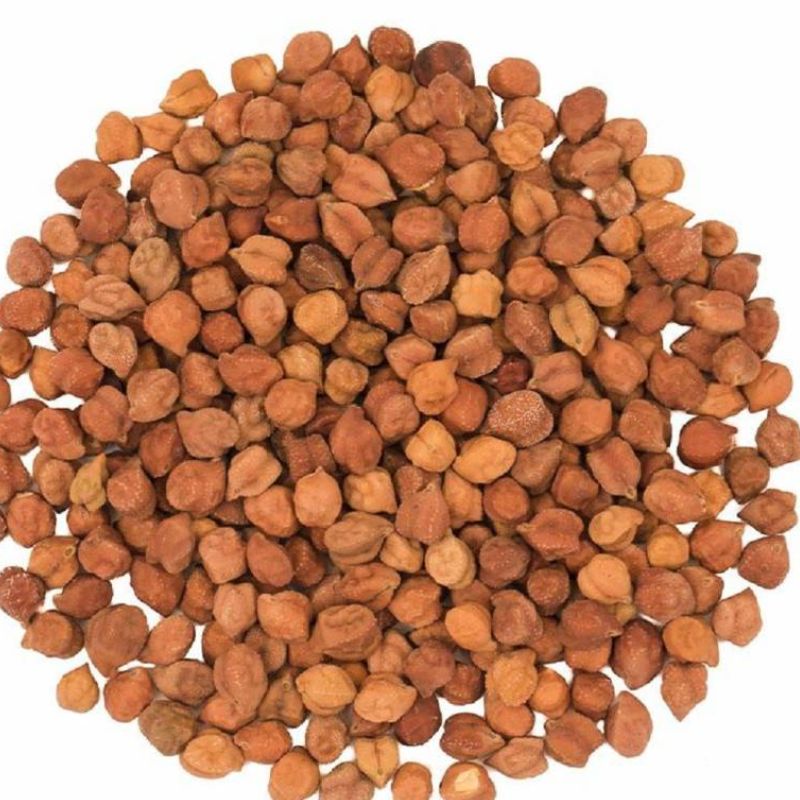
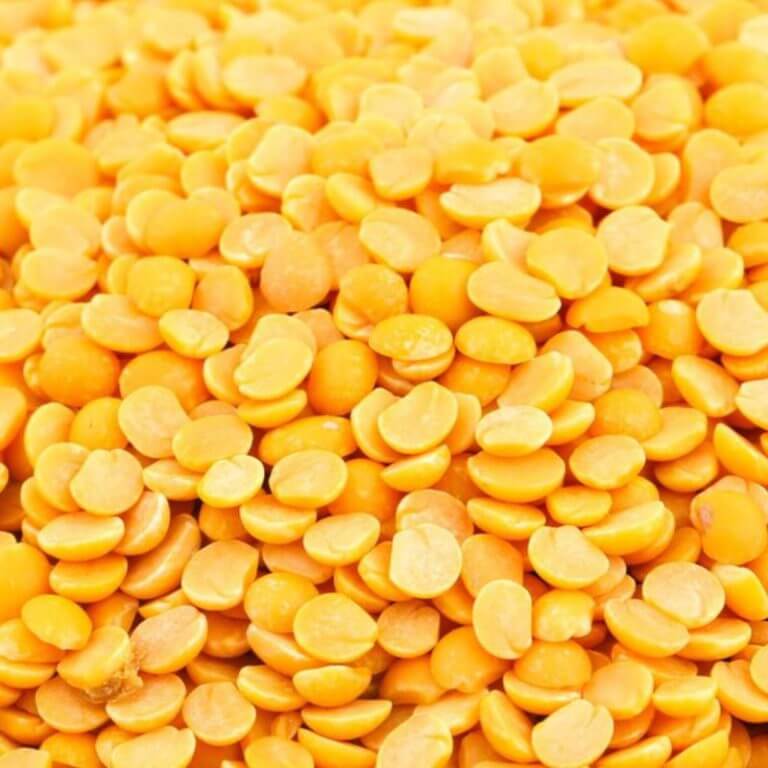
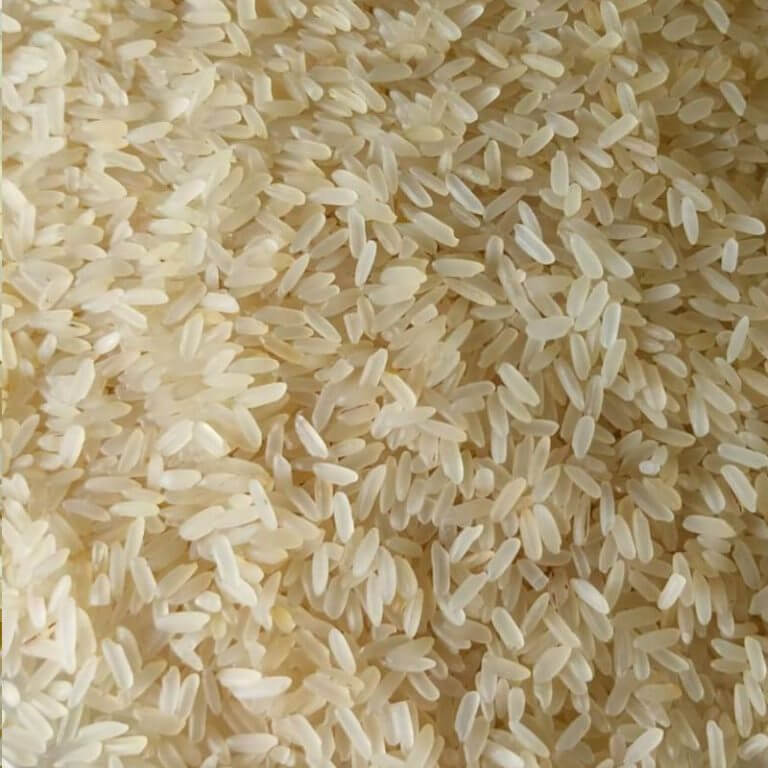
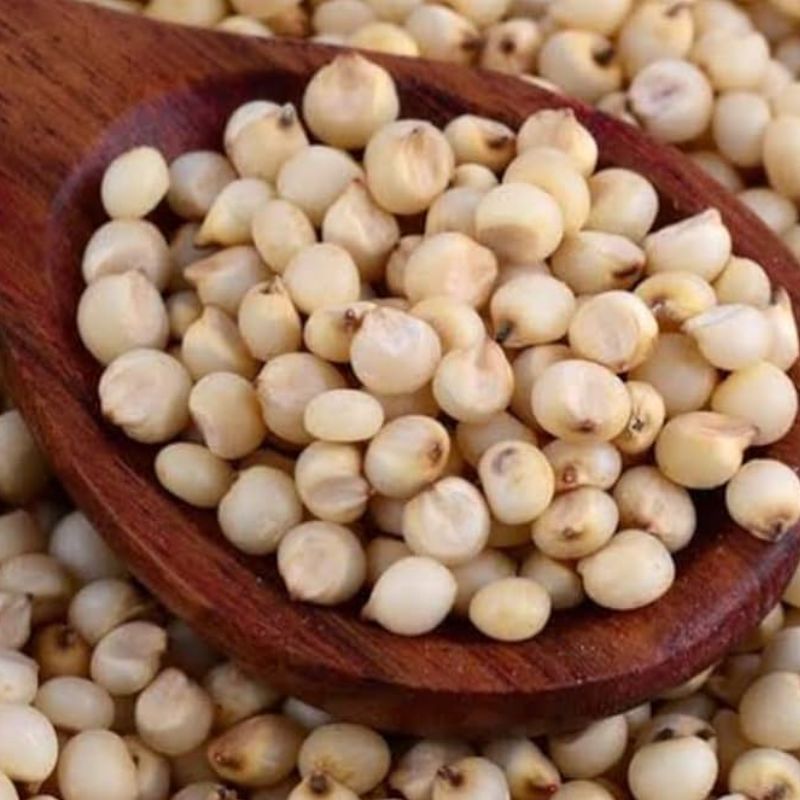
Reviews
There are no reviews yet.